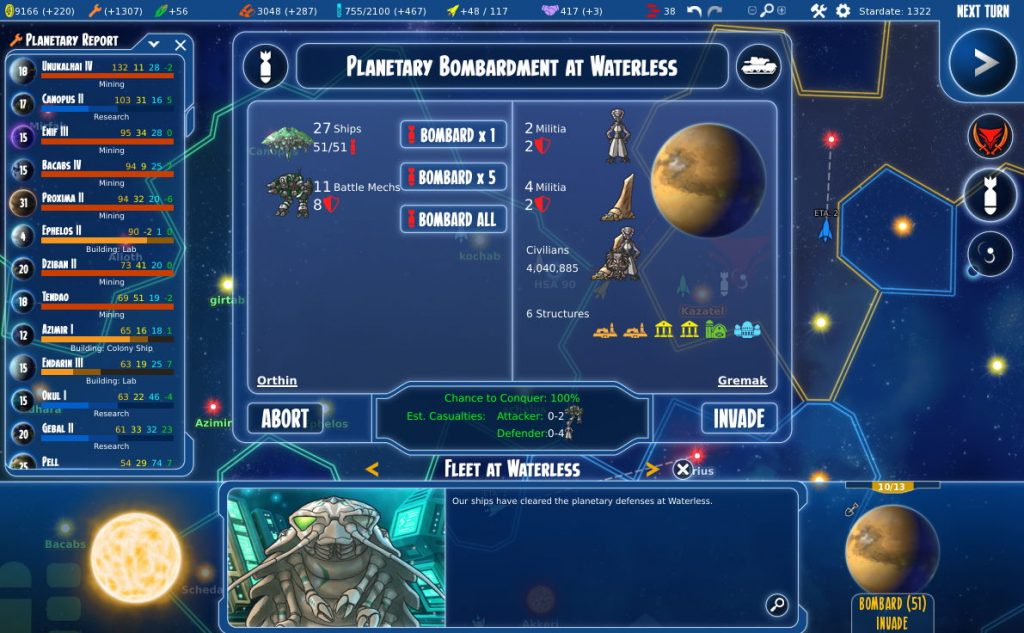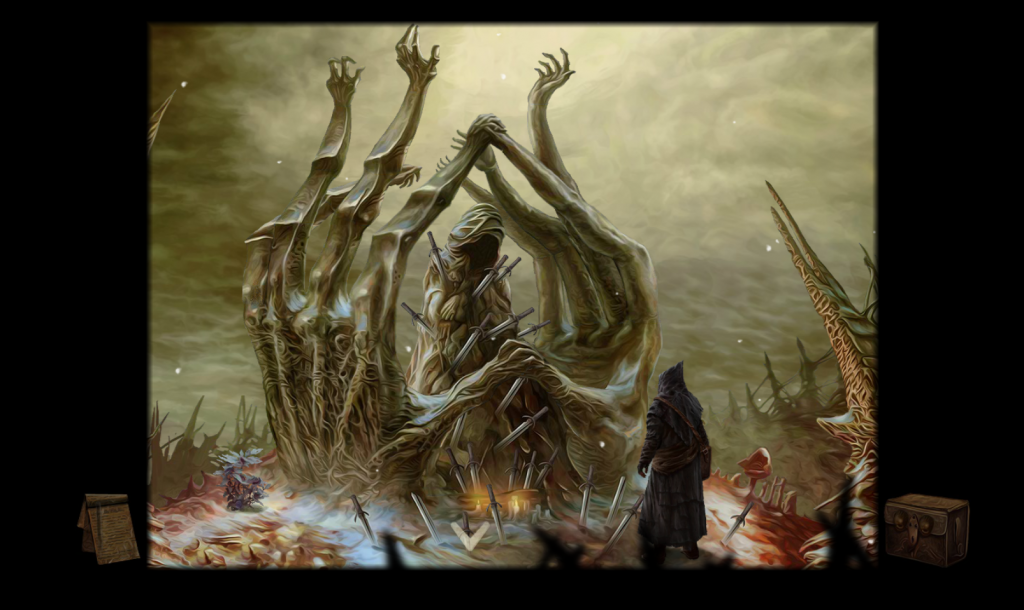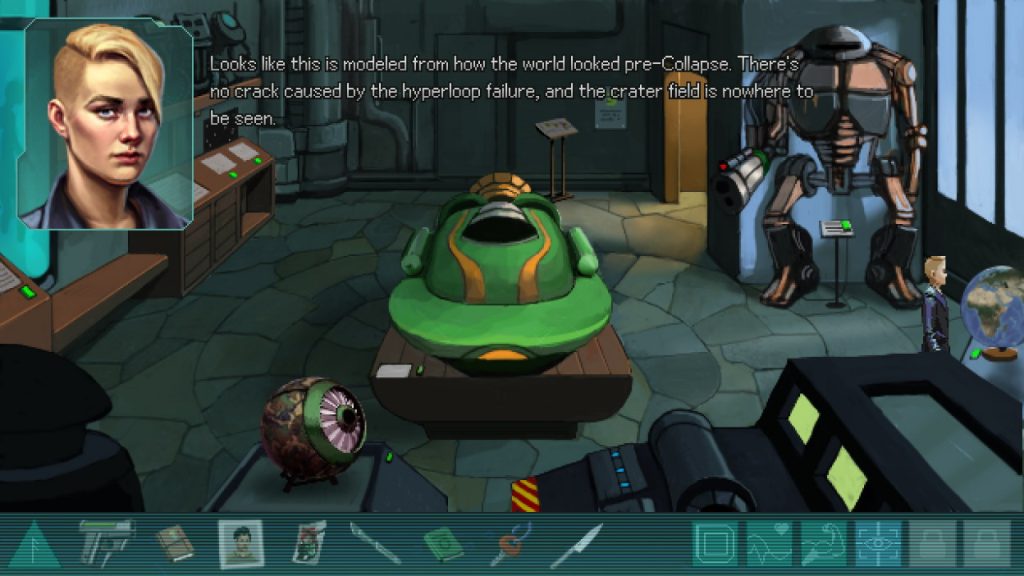So Pathfinder: Kingmaker is actually pretty fun. I know that there were a bunch of bugs when it launched, but it’s been two years since then and I haven’t really noticed any so far. I think I may actually like computer role-playing game more than the classic Baldur’s Gate series (minus #3, which if I ever do get, will be years down the line).
The first reason I prefer this game to both Baldur’s Gate games is that I don’t need to install mods just to get it to look decent on current generation computers. I can read the text, I can zoom all the way in and see my characters clearly. I can actually see what they’re wearing instead of kind of squinting, and I can see the difference in clothes instead of the armour just looking like a slightly different shade. This is important to me since I like playing dress-up on these kind of games.
Second is that I understand the rules right off the bat. I’ve never played the 2nd edition of Dungeons & Dragons, which is what Baldur’s Gate is based on, so I had to do a bunch of research to find out what stuff like To Hit Armor Class 0 was, and even when I did find out it was usually needlessly arcane and over-complicated. But the Pathfinder roleplaying ruleset is basically D&D 3.75 edition, so a bunch of stuff has been improved in the intervening 20-something years.
I’ve played a bunch of tabletop Pathfinder games, which also helps, but the game itself simplified the rules even more. It doesn’t have a million different types of Knowledge skills, all physical skills such as acrobatics and swimming have been subsumed under Athletics, and so on. I think all the options available can still be a tad overwhelming to a rank newbie but that’s more on the Pathfinder system itself needing, in my opinion, a really drastic streamlining and reconfiguration (note that there’s a 2nd edition of the Pathfinder system which may have done this already but I haven’t tried it out yet).
Third is the turn-based combat. I initially stuck to real-time battles because that was how it was in Baldur’s Gate, but after trying out the turn-based fighting I’m not going back. Pathfinder in real life is obviously turn-based – six people rolling dice at the same time would get chaotic – and the CRPG just works a lot better when you follow this format as well.
Fourth is that I get to try out a campaign that I’ve been interested in for a while. Kingmaker is an adventure path in the tabletop RPG that I’ve wanted to play but haven’t found a group to do it with. This way I get to actually experience it for myself. Plus Wrath of the Righteous is already being worked on and that’s another campaign that I’d also like to try out.
I’d like to note that in Kingmaker you actually build a kingdom – you get advisors, build infrastructure like windmills and watchtowers, slay monsters threatening your land, and so on. However, I’ve yet to reach that part in the game and am just directing a party of adventurers as we explore the countryside. So I can’t comment on the kingdom-building mechanics yet, but the classic RPG party thing is already pretty good.
Anyway, I’ve got a Chaotic Neutral tiefling Inquisitor of Calistria leading a party consisting of an undead elf Inquisitor of Urgathoa, a halfling bard, a barbarian from the Realm of the Mammoth Lords, a half-elf Wizard Rogue, and a half-orc Magus. There are a bunch more party members I benched pending their full recovery from being brought back from the dead or just plain because I don’t like them, but I think I like having a party where almost everyone is a magician of some kind. This is a pretty fun party to play and I like what I’ve seen of this game so far.


